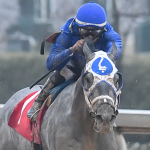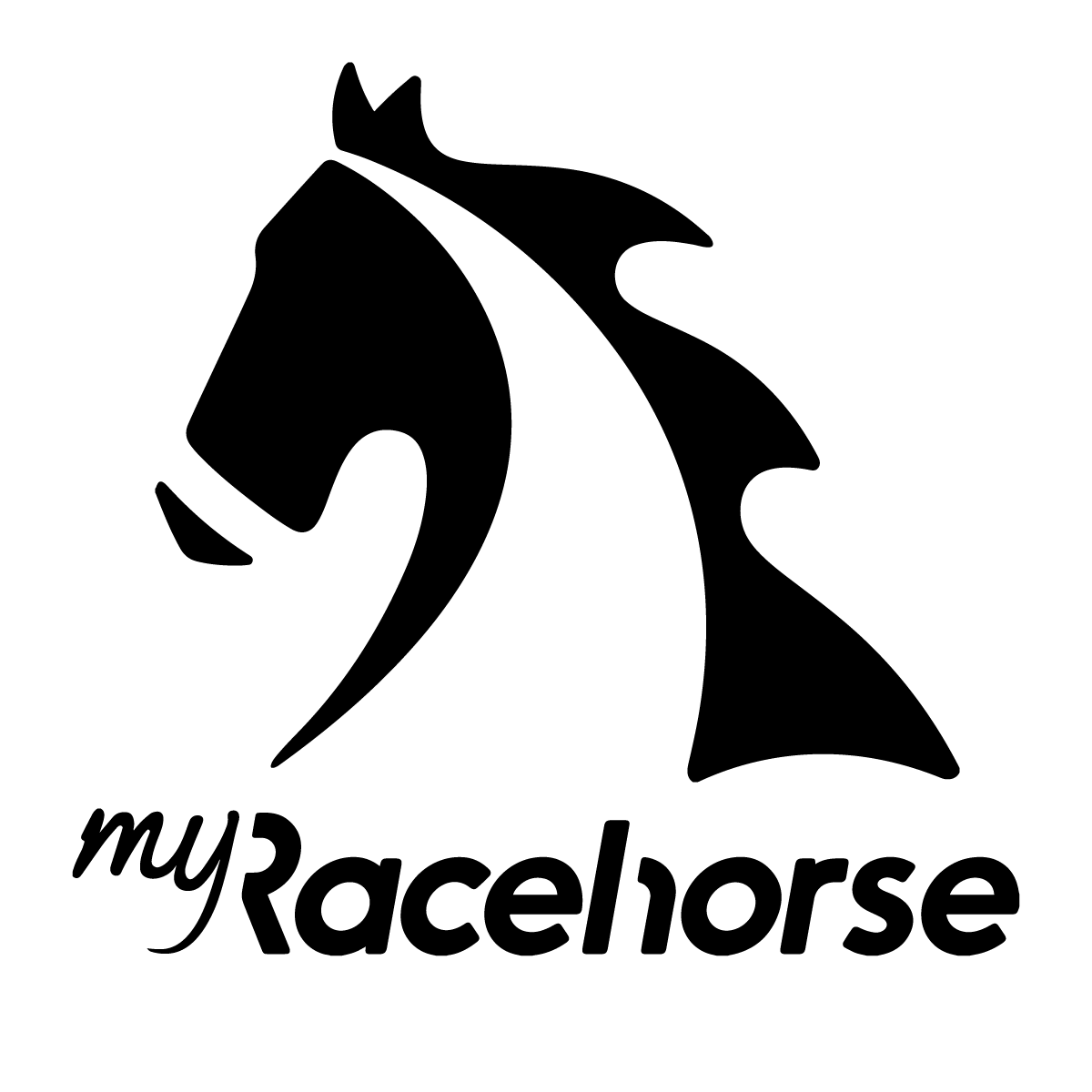
Preakness Quick Sheet: Get to Know the 2021 Preakness Horses

If you plan to make a long-term habit of handicapping and betting horse races, you’ll gradually realize that it’s an endeavor that challenges you to constantly learn and adapt. Such is the nature of gambling against your peers in pari-mutuel wagering.
I’ve been betting Thoroughbred racing since I was in high school and we’d make the 15-minute trek down I-95 to Delaware Park. I’m not afraid to admit, for a large percentage of my gambling life I’ve made stupid mistakes, but hopefully I can provide a few tips that I’ve learned since I moved to Lexington in 2005 and fully immersed myself in horse racing.
1. Prepare
It seems simple, but you need to put in the work in advance handicapping the card so you know going into the day which races you have the strongest opinion about. You don’t want to get to the last or second-to-last race on the card and uncover the horse that you liked most for the entire day after already blowing through 90% of the money you budgeted.

2. Budget Intelligently
This is the hardest part for me because, like most gamblers, I like the action of having a few bucks on the races I watch. It’s really hard and it takes discipline to pass on a race, but if you like quite a few runners on a card, but love two or three, you should bet the majority (or all) of your bankroll with bets built around the horses you feel most strongly about.
If you’ve budgeted $100 for 10 races, why would you bet $10 per race when you’ve clearly identified your best bets? If you love two or three horses, build a strategy around those two or three horses or simply bet most of your bankroll on those horses to win. If you are spending the day at the track and really want to have at least a little action on every race, bet just a few bucks on the races where you don’t have a strong opinion and leave most of the budgeted money for your top plays.
3. Demand a Price
There is value to finding horses that seem to be almost slam dunks to win, but that value might be skipping the race entirely or identifying longshots to fill in underneath for exactas, trifectas, or superfectas and around for multi-race wagers like the Pick 4.
Your top plays should offer value – in other words, a horse you think has a much better chance to win than his morning-line odds when planning, or live odds when betting, indicate. If you think a horse has a 25% chance to win and the odds are 5-1, that’s value. If you think a horse has a 10% to 15% chance to win and you get 15-1 to 20-1, that’s great value.

4. Bet to Win
I spent a good part of my early betting days making across-the-board bets, especially when I landed on a longshot, and there is something to be said for being rewarded when a bomb clunks up or hangs on for a minor spot, but in general I’ve come around to betting almost exclusively straight win bets when I’m not playing exotic bets. If you make three substantial win bets on horses at a solid value, you only need one winner to make a nice profit. If two-thirds of that money is tied up in place and show bets, you might need all three to run well.
The win bet should be the key bet, especially for newcomers. Takeout (the amount of money that goes to the track that is not returned to bettors) for win, place, and show bets is less than most exotic bets. Most importantly, don’t bet two or more horses to win in the same race. You start out with at least one bet that’s a guaranteed loser, and it’s a recipe for disaster in the long term.
5. Aim High
Part of the reason I like to play exotic bets, specifically trifectas and Pick 4s, is that you have a chance to win big. The allure of horse racing when comparing it with sports betting is the chance to win a bundle without risking that same bundle. Try to find creative ways to use your top plays to make the most money, and if you can’t string together a trifecta or multi-race wager you feel really good about, you always have the straight win bet to fall back on. But, if you connect a few decent prices around or underneath an 8-1 top play, you could be looking at a huge score.
6. Identify Vulnerable Favorites
I know this seems obvious, but one thing I’ve discovered over the years is that handicapping is not just about picking the winner. The biggest opportunities often come when you identify a heavy favorite as vulnerable, or find several favorites that you have zero interest in betting. That’s a great spot to make a stand in exotic bets. Think about it: A significant percentage of the other tickets probably will include those favorites, while your resources are not tied to them and are instead dedicated to finding better value elsewhere on the ticket.

7. Resist Using the ALL Button
We’ve all done it before, we get lazy and just press the ALL button for third place in the trifecta or for a 2-year-old maiden race filled with first-time starters in a Pick 3 or Pick 4. For me, it used to be turf sprints where I’d just throw up my hands. But, at least reconsider when you’re tempted to hit the ALL button. Take a Pick 3, for example, that wraps around one of your top plays. You like a 7-2 horse, a 6-1 horse, and a 10-1 horse in the first leg, you’ve identified a 9-2 runner in the second leg that you absolutely love, and the last race in the sequence is a turf sprint with 12 runners. You could mash the ALL button and bet a $1 Pick 3 for $36 (3x1x12) or you could spend the extra time handicapping and remove the horses you think have little to no chance and maybe one of the favorites that you feel like is going to be significantly overbet. Now, you’ve whittled it down to 3x1x6 and the bet is $18 or, even better, you play it for $2 instead. Maybe you’ve analyzed the pace and you think half the field will be gunning for the lead and you decide to play two stalkers and two closers you like based on the pace scenario. Now, you’ve got a 3x1x4 ticket for $12 or you can play it for $3 and really try for a sweet score.
8. Skip the Jackpot Wager
This probably doesn't qualify as a lesson learned, since I've never been a jackpot player, but it's a point worth making here. The allure of a six-figure jackpot is tempting. Why do you think PowerBall and Mega Millions generate so much buzz when they soar past $250 million? But like those lottery games, the odds are stacked against the horseplayer for jackpot wagers. For one, a large percentage (usually at least 25%) of the money bet into the pool carries over to the next race day unless there is only one winning ticket. So, there is a chance you could hit a Pick 6 and still essentially share what amount to a consolation payout with the other winning tickets. Plus, there is the astronomical takeout when you consider the money rolling over. Let’s say for example that the track takes 20% of all money wagered off the top and another 30% is rolled over until there is a single winner. That means that everyone but the winner is essentially playing that multi-race bet with a 50% takeout, which is a terrible investment of gambling resources. Now, if there is a mandatory payout at the end of a meet or at the end of a big weekend, count me in. Otherwise, I will never invest a dollar in a jackpot wager. You’re better off playing a standard Pick 4, Pick 5, or Pick 6.
Note: This story was originally published in December 2018.

Please fill out the form below to request information about race horse ownership.